Department of English
The department focuses on maintaining a quality learning environment, incorporating extension activities, bridge courses, remedial classes, peer learning, and value education. Literary programmes like Book Review, Film Review, Quizzard (quiz program), career orientation sessions and workshops are conducted regularly. Glow, an extension programme to help the students of Assisi Blind School, assists them in exam preparation. An add-on course, English for Competitive Exams, is conducted every year under the auspices of the department. Specialized skill- based programs are also offered, with successful alumni testifying to the department's role in nurturing responsible, creative, and socially sensitive citizens.
Multidisciplinary Courses offered by the department as part of FYUGP are Content Writing, Narratives of Humour, Fundamentals of Advertising and Public Relations, Sports Literature and Cinema.
| Majors | Seat | Minors | MDC | SEC | AEC | VAC | Syllabus |
|---|---|---|---|---|---|---|---|
| B A (Hons) English (Specialization - Media Studies) | 24 |
Literary Genres: Poetry, Fiction and Folk Tales (Sem 1), Anglo-Saxon Aesthetics to Renaissance Rhetoric (Sem 1), Literary Genres: Prose, Drama, Film (Sem 2), From Restoration Rationalism to Romantic Rhapsodies (Sem 2), Victorian Vistas and Imperial Imaginings (Sem 3), War Narratives (Sem 4) |
Content Writing (Sem 1), Narratives of Humour (Sem 1), Fundamentals of Advertising and Public Relations (Sem 2), Sports Literature and Cinema (Sem 2), Literature and Kerala Renaissance (Sem 3) |
English for International Careers (Sem 4), English for Professional Purposes (Sem 4), English for Financial Sector (Sem 4) |
English for Arts and Humanities Part I & II (Sem 1 & 2), English for Science Part I & II (Sem 1 & 2), English for Commerce Part I & II (Sem 1 & 2) |
Literature and Gender (Sem 3), Literature, Technology and AI (Sem 3), Literature and Environment (Sem 4), Literature and Law (Sem 4) |
View / Download |
| Programme | Seat | Complementary Course | Open Course | Choice Based Course | Syllabus |
|---|---|---|---|---|---|
| B.A. English (Model II Voc.) | 24 | Educational Psychology, Education in India, Evolution of Literary Movements I&II | English for Careers | Regional Literature in Translation | View / Download |
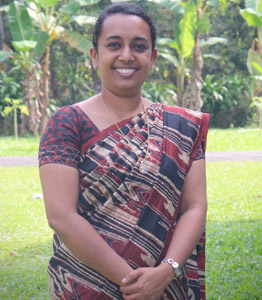
Prof. Juno Jose ( HOD )
Assistant Professor
M.A.
+919495393539
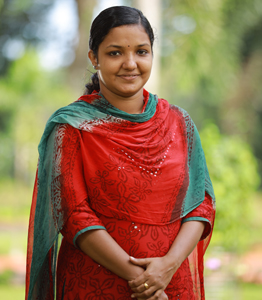
Prof. Lekha Francis
Assistant Professor
M.A
+919495705751
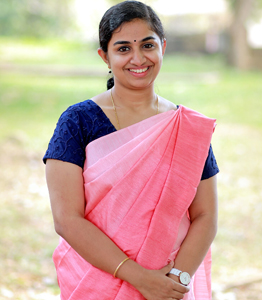
Prof. Stephy Thomas
Assistant professor
MA, B. Ed.
+918289977607
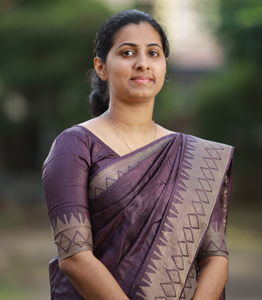
Prof. Theresa John
Assistant Professor
M.A.
+918547105714
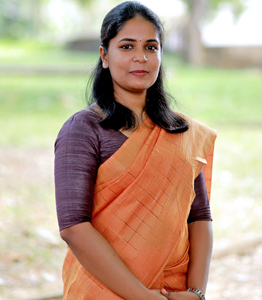
Ms. Dona Maria Saju
Assistant Professor
M.A.
+918281163871
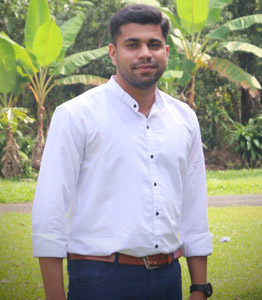
Prof. Harry C Joseph
Assistant Professor
M.A.
+918606276049
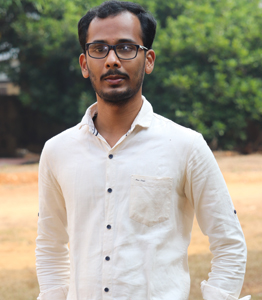
Prof. Aby Johny
Assistant Professor
M.A.
+919497068077
Students’ Achievements - M G University Ranks
| Year | Name | Rank |
|---|---|---|
| 2024 | ANGEL MARY BIJU | III |
| 2024 | AMIYA C S | IV |
| 2024 | SEBIN LOUIS | VII |
| 2024 | RIONA SEBASTIAN | IX |
| 2024 | SHINTUMOL SHIBU | X |
| 2023 | ASWINI K ANIL | IV |
| 2023 | MERLINE TREESA JOBY | V |
| 2023 | FASIYA ANSARY | VI |
| 2023 | AGNES K JOSEPH | IX |
| 2023 | RAJALAKSHMI RAJENDRAN | X |
| 2022 | SREELAKSMI M NAIR | III |
| 2022 | ALFIYA SAINALBHIDEEN | IX |
| 2021 | CHANDINI S | II |
| 2021 | KARTHIKA KRISHΝΑΝ | VI |
| 2021 | JISNA MEERA SUNIL | IX |
| 2021 | AMINA P A | X |
| 2020 | ADHILA | I |
| 2020 | ASMIN SUBAIR | II |
| 2020 | SAJINA SUNNY | IV |
| 2020 | FATHIMA ANSARY | VI |
| 2020 | ANNU JACOB | X |
| 2019 | SUMAN SUNNY | I |
| 2019 | RAMYA ELIZABATH | III |
| 2003 | CHERRY MATHEW PHILIPOSE | III |
| 2002 | NEBU T.Κ | III |
| 2002 | AMBILY P.D | IV |
Other Relevant Achievements
2023 - Mr. Sebin Louis (III BA English)
- First prize in Short film making competition conducted by Hindu College, University of Delhi.
- The Wise Owl Critics Award 2023 for the short film "Perhaps Myself".
- Got A grade in All India Forum for English Students Poetry Competition.
- First prize in Haiku competition conducted by Carmel College, Thrissur.
- Second prize in Film Festival conducted by St. Joseph's College, Charganassery.
- Second prize in Flash Fiction conducted by Newman College, Thodupuzha.
2022 - Ms. Faziya Ansary (III BA English)
- First prize in Maria Philip Future Leaders Debate Competition 2022 held at Chennai.
Faculty’s Minor Research Projects
- Lekha Francis - "Culturalizing Narratives: A Reading of the Works of Manu Joseph and Arundhathi Roy as Narralogues" sanctioned by UGC and completed on June 2018.
- Juno Jose - "Enamoured with the Empire: Transition in the Concept of Female Body and its Aftermath" sanctioned by UGC and completed on June 2018.
